Increased Environmental Awareness
The rising consciousness regarding environmental issues appears to be a pivotal driver for the Biodegradable Plastic Bags and Sacks Market. As consumers become more informed about the detrimental effects of traditional plastic on ecosystems, there is a marked shift towards sustainable alternatives. This trend is reflected in market data, indicating that the demand for biodegradable options has surged, with projections suggesting a compound annual growth rate of over 15% in the coming years. Retailers and manufacturers are increasingly responding to this shift by incorporating biodegradable materials into their product lines, thereby enhancing their market presence. The emphasis on reducing plastic waste aligns with broader environmental goals, further propelling the growth of the biodegradable plastic sector.
Government Regulations and Policies
Government regulations and policies play a crucial role in shaping the Biodegradable Plastic Bags and Sacks Market. Many countries are implementing stringent regulations aimed at reducing plastic waste, which often includes bans on single-use plastics. These legislative measures create a favorable environment for biodegradable alternatives, as they encourage manufacturers to innovate and invest in sustainable solutions. For instance, recent data indicates that regions with strict plastic bans have witnessed a significant uptick in the adoption of biodegradable products, with some markets reporting growth rates exceeding 20%. This regulatory landscape not only drives demand but also fosters competition among manufacturers to develop more efficient and eco-friendly biodegradable materials.
Rising E-commerce and Retail Demand
The rise of e-commerce and retail demand is emerging as a significant driver for the Biodegradable Plastic Bags and Sacks Market. As online shopping continues to proliferate, the need for sustainable packaging solutions has become increasingly apparent. Retailers are seeking biodegradable options to meet consumer expectations for environmentally friendly practices. Recent market data indicates that e-commerce packaging is projected to grow substantially, with biodegradable materials expected to capture a notable share of this market. This trend is likely to encourage manufacturers to expand their production capabilities and innovate in biodegradable packaging solutions, thereby contributing to the overall growth of the industry.
Corporate Sustainability Initiatives
Corporate sustainability initiatives are increasingly influencing the Biodegradable Plastic Bags and Sacks Market. Many companies are adopting sustainability as a core component of their business strategies, recognizing the importance of environmental responsibility to consumers. This shift is evidenced by a growing number of corporations committing to using biodegradable materials in their packaging and product offerings. Market data suggests that companies that prioritize sustainability are likely to experience enhanced brand loyalty and customer retention. As a result, the demand for biodegradable plastic bags and sacks is expected to rise, driven by corporate commitments to reduce their environmental footprint and meet consumer expectations for sustainable practices.
Technological Innovations in Biodegradable Materials
Technological innovations in biodegradable materials are significantly impacting the Biodegradable Plastic Bags and Sacks Market. Advances in material science have led to the development of new biodegradable polymers that offer improved performance and functionality. These innovations not only enhance the usability of biodegradable bags and sacks but also address concerns regarding their durability and decomposition rates. Market analysis indicates that the introduction of these advanced materials is likely to attract a broader consumer base, as they provide viable alternatives to conventional plastics. Furthermore, ongoing research and development efforts are expected to yield even more efficient biodegradable solutions, further propelling market growth.


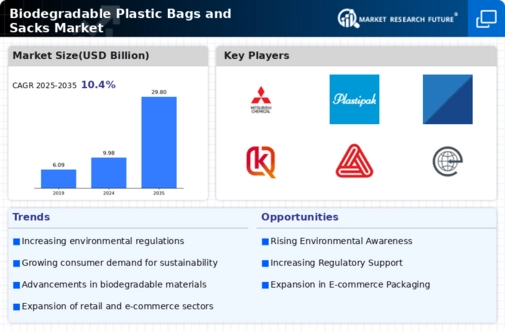
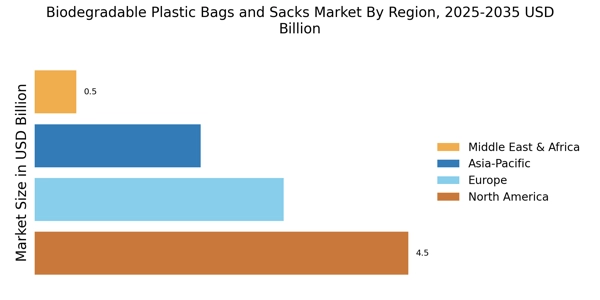

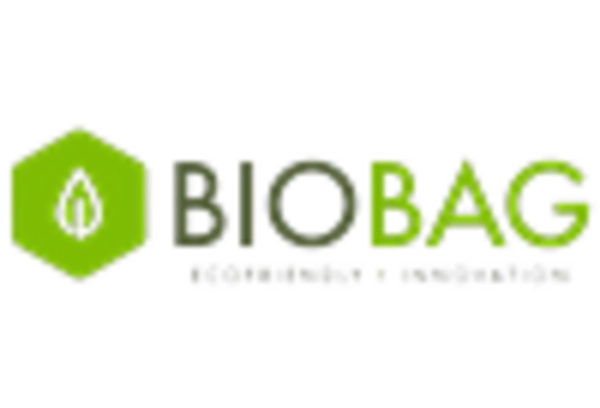
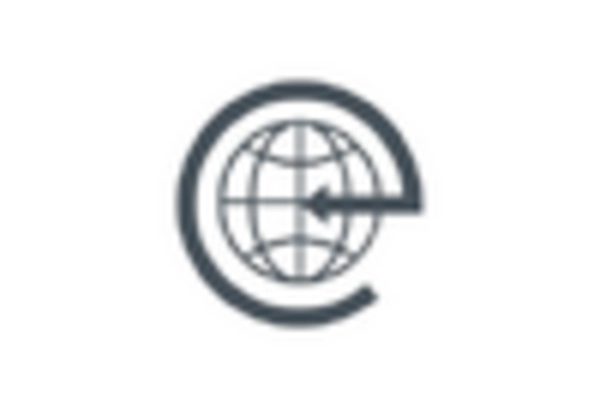
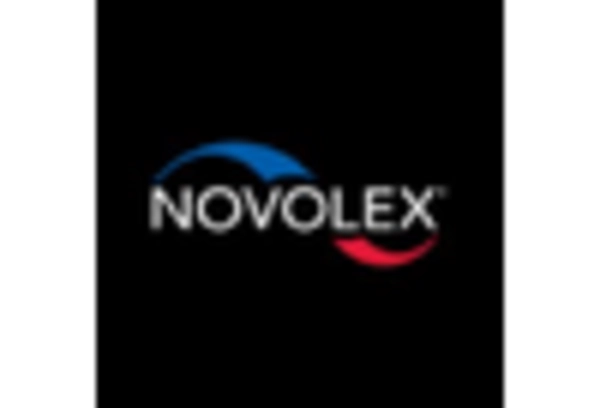










Leave a Comment